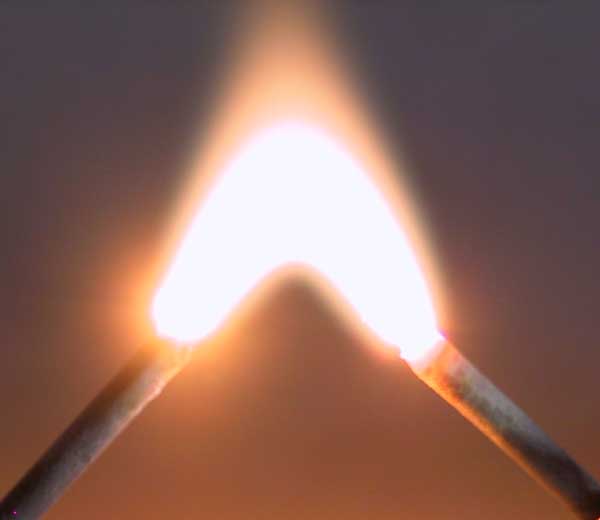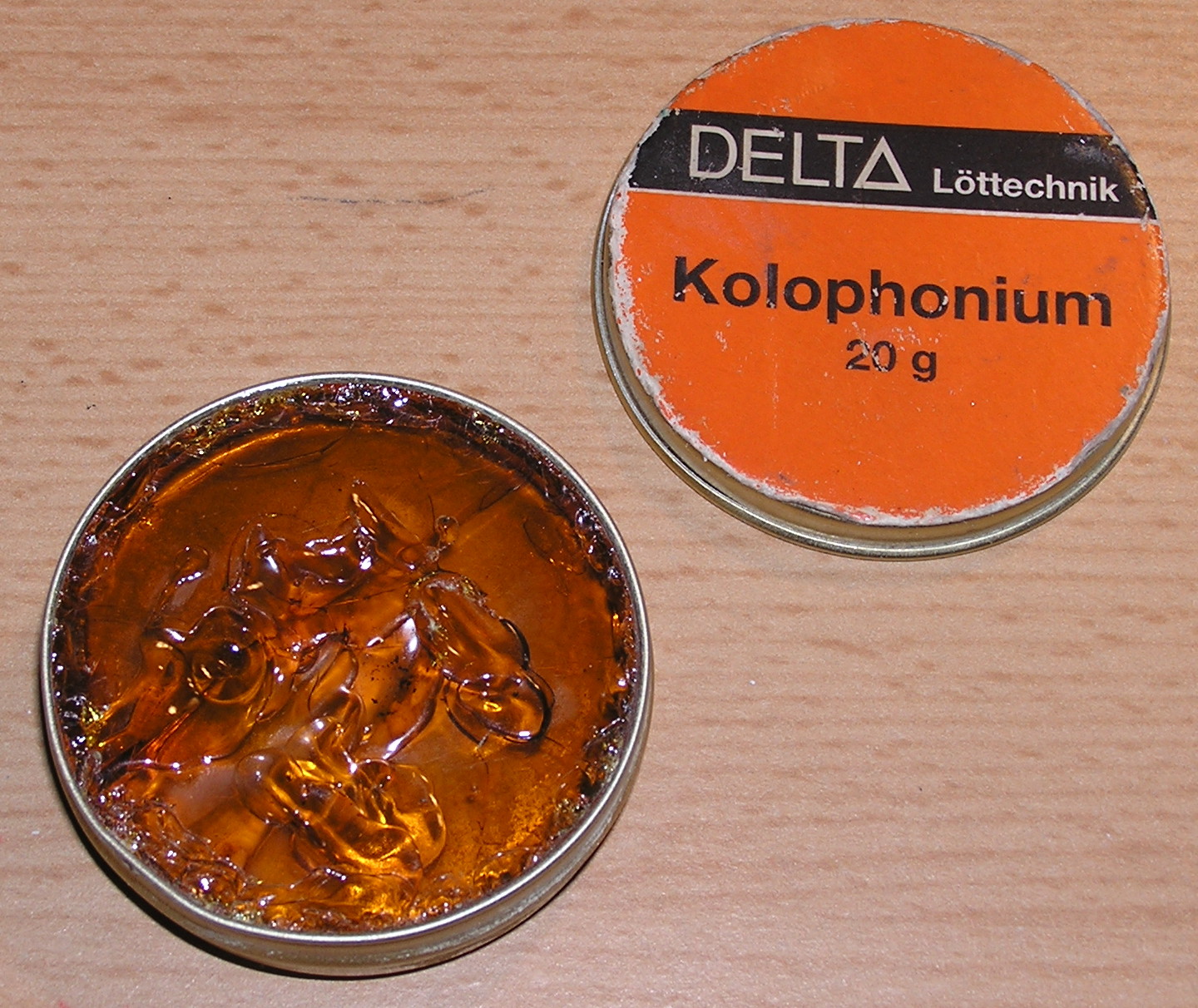|
Percussion Welding
Percussion welding (PEW) is an arc welding process. The heat is obtained from an electric arc produced by short discharge of electrical energy while a percussive force is applied following the discharge. The heat generated by the discharge melts a thin area of metal on the faces of the work-pieces, and as the work-pieces are impacted they fuse to form a welded joint. History The joining of small aluminum wires has always presented much difficulty on account of the oxide film which prevents the metal parts from flowing together, unless brought to a point of fluidity at which the oxide film can be broken up and washed away. If this be attempted with small sections, the whole mass is likely to be oxidized, and the resulting joint will be brittle or “crumbly.” In 1905 Lewis Warrington Chubb, Lewis W. Chubb, of the Westinghouse Electric Corporation, Westinghouse Electric and Manufacturing Co., Pittsburgh, Penn., discovered that if two pieces of wire were connected to the terminals of ... [...More Info...] [...Related Items...] OR: [Wikipedia] [Google] [Baidu] |
Welding
Welding is a fabrication process that joins materials, usually metals or thermoplastics, by using high heat to melt the parts together and allowing them to cool, causing fusion. Welding is distinct from lower temperature techniques such as brazing and soldering, which do not melt the base metal (parent metal). In addition to melting the base metal, a filler material is typically added to the joint to form a pool of molten material (the weld pool) that cools to form a joint that, based on weld configuration (butt, full penetration, fillet, etc.), can be stronger than the base material. Pressure may also be used in conjunction with heat or by itself to produce a weld. Welding also requires a form of shield to protect the filler metals or melted metals from being contaminated or oxidized. Many different energy sources can be used for welding, including a gas flame (chemical), an electric arc (electrical), a laser, an electron beam, friction, and ultrasound. While often an i ... [...More Info...] [...Related Items...] OR: [Wikipedia] [Google] [Baidu] |
Electric Arc
An electric arc, or arc discharge, is an electrical breakdown of a gas that produces a prolonged electrical discharge. The electric current, current through a normally Electrical conductance, nonconductive medium such as air produces a plasma (physics), plasma; the plasma may produce visible light. An arc discharge is characterized by a lower voltage than a glow discharge and relies on thermionic emission of electrons from the electrodes supporting the arc. An archaic term is voltaic arc, as used in the phrase "voltaic arc lamp". Techniques for arc suppression can be used to reduce the duration or likelihood of arc formation. In the late 19th century, Arc lamp, electric arc lighting was in wide use for Street light#Arc lamps, public lighting. Some low-pressure electric arcs are used in many applications. For example, fluorescent lamp, fluorescent tubes, mercury, sodium, and metal-halide lamps are used for lighting; xenon arc lamps have been used for movie projectors. Electric a ... [...More Info...] [...Related Items...] OR: [Wikipedia] [Google] [Baidu] |
Lewis Warrington Chubb
Lewis Warrington Chubb (October 22, 1882 – April 2, 1952) was an American electrical engineer, director of Westinghouse Research Laboratory, pioneer in radio broadcasting, and inventor, who was awarded the John Fritz Medal in 1947. Biography Chubb was born in Fort Yates, Dakota Territory in 1882, the son of army officer Charles St. John Chubb and Sarah L. (Eaton) Chubb. He was raised in multiple army posts of the West, where "Indian uprisings were still flickering along the vanishing frontier." In 1905 Chubb obtained his MSc from Ohio State University, and started his lifelong career at Westinghouse Electric Corporation as apprentice in research, development and testing. By 1920 he directed the radio engineering department,J.R. North. "Obituary : Lewis Warrington Chubb," in: ''Electrical Engineering,'' Vol. 71. 1952. p. 479 and from 1930 until his retirement in 1948 he was research director of the Director of Research.Alexander Hopkins McDannald. ''The Americana annual: an enc ... [...More Info...] [...Related Items...] OR: [Wikipedia] [Google] [Baidu] |
Westinghouse Electric Corporation
The Westinghouse Electric Corporation was an American manufacturing company founded in 1886 by George Westinghouse. It was originally named "Westinghouse Electric & Manufacturing Company" and was renamed "Westinghouse Electric Corporation" in 1945. The company acquired the CBS television network in 1995 and was renamed "CBS Corporation" until being acquired by Viacom in 1999, a merger completed in April 2000. The CBS Corporation name was later reused for one of the two companies resulting from the split of Viacom in 2006. The Westinghouse trademarks are owned by Westinghouse Electric Corporation, and were previously part of Westinghouse Licensing Corporation. The nuclear power business, Westinghouse Electric Company, was spun off from the Westinghouse Electric Corporation in 1999. History Westinghouse Electric was founded by George Westinghouse in Pittsburgh, Pennsylvania, on January 8, 1886. The firm became active in developing electric infrastructure throughou ... [...More Info...] [...Related Items...] OR: [Wikipedia] [Google] [Baidu] |
Transformer
A transformer is a passive component that transfers electrical energy from one electrical circuit to another circuit, or multiple circuits. A varying current in any coil of the transformer produces a varying magnetic flux in the transformer's core, which induces a varying electromotive force (EMF) across any other coils wound around the same core. Electrical energy can be transferred between separate coils without a metallic (conductive) connection between the two circuits. Faraday's law of induction, discovered in 1831, describes the induced voltage effect in any coil due to a changing magnetic flux encircled by the coil. Transformers are used to change AC voltage levels, such transformers being termed step-up or step-down type to increase or decrease voltage level, respectively. Transformers can also be used to provide galvanic isolation between circuits as well as to couple stages of signal-processing circuits. Since the invention of the first constant-potential transf ... [...More Info...] [...Related Items...] OR: [Wikipedia] [Google] [Baidu] |
Capacitors
A capacitor is a device that stores electrical energy in an electric field by virtue of accumulating electric charges on two close surfaces insulated from each other. It is a passive electronic component with two terminals. The effect of a capacitor is known as capacitance. While some capacitance exists between any two electrical conductors in proximity in a circuit, a capacitor is a component designed to add capacitance to a circuit. The capacitor was originally known as the condenser, a term still encountered in a few compound names, such as the ''condenser microphone''. The physical form and construction of practical capacitors vary widely and many types of capacitor are in common use. Most capacitors contain at least two electrical conductors often in the form of metallic plates or surfaces separated by a dielectric medium. A conductor may be a foil, thin film, sintered bead of metal, or an electrolyte. The nonconducting dielectric acts to increase the capacitor's cha ... [...More Info...] [...Related Items...] OR: [Wikipedia] [Google] [Baidu] |
Flux (metallurgy)
In metallurgy, a flux () is a chemical cleaning agent, flowing agent, or purifying agent. Fluxes may have more than one function at a time. They are used in both extractive metallurgy and metal joining. Some of the earliest known fluxes were sodium carbonate, potash, charcoal, coke, borax, lime, lead sulfide and certain minerals containing phosphorus. Iron ore was also used as a flux in the smelting of copper. These agents served various functions, the simplest being a reducing agent, which prevented oxides from forming on the surface of the molten metal, while others absorbed impurities into the slag, which could be scraped off the molten metal. Fluxes are also used in foundries for removing impurities from molten nonferrous metals such as aluminium, or for adding desirable trace elements such as titanium. As cleaning agents, fluxes facilitate soldering, brazing, and welding by removing oxidation from the metals to be joined. In some applications molten flux ... [...More Info...] [...Related Items...] OR: [Wikipedia] [Google] [Baidu] |
Shielding Gas
Shielding gases are inert or semi-inert gases that are commonly used in several welding processes, most notably gas metal arc welding and gas tungsten arc welding (GMAW and GTAW, more popularly known as MIG (Metal Inert Gas) and TIG (Tungsten Inert Gas), respectively). Their purpose is to protect the weld area from oxygen, and water vapour. Depending on the materials being welded, these atmospheric gases can reduce the quality of the weld or make the welding more difficult. Other arc welding processes use alternative methods of protecting the weld from the atmosphere as well – shielded metal arc welding, for example, uses an electrode covered in a flux that produces carbon dioxide when consumed, a semi-inert gas that is an acceptable shielding gas for welding steel. Improper choice of a welding gas can lead to a porous and weak weld, or to excessive spatter; the latter, while not affecting the weld itself, causes loss of productivity due to the labor needed to remove the scattere ... [...More Info...] [...Related Items...] OR: [Wikipedia] [Google] [Baidu] |





.jpg)
